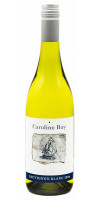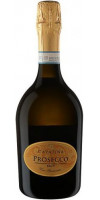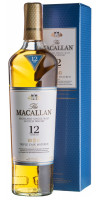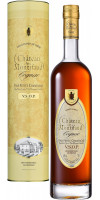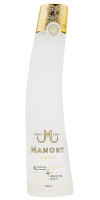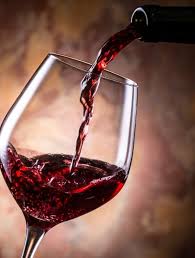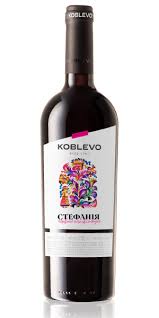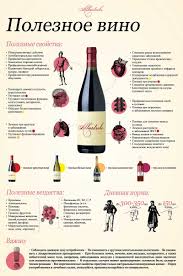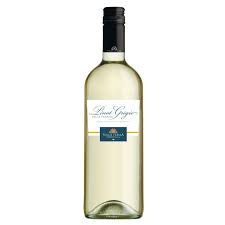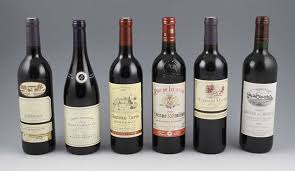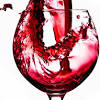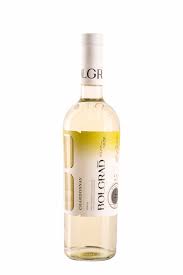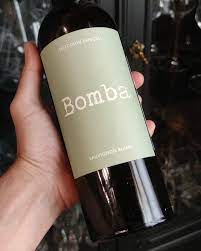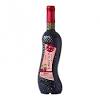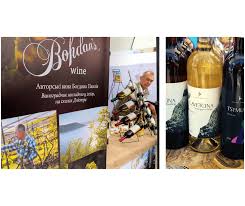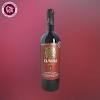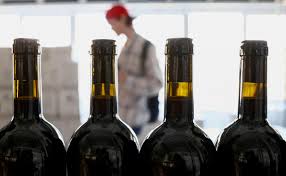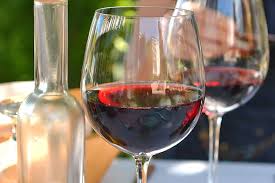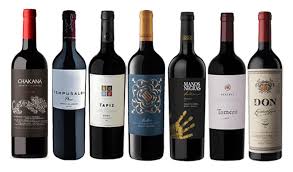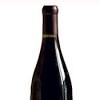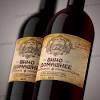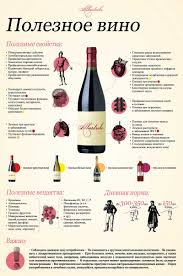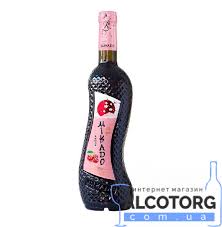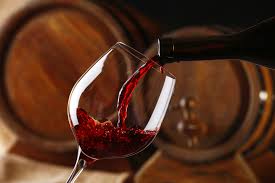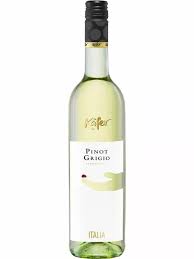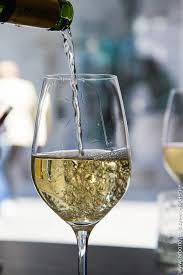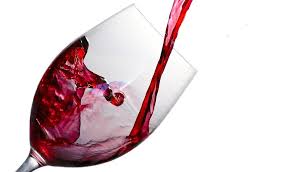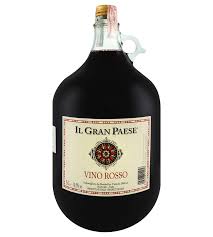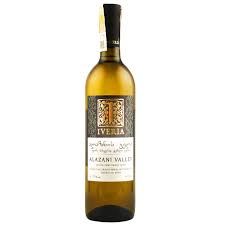
Спасибо за регистрацию в WineRow!
Вы будете уведомлены по электронной почте, как только Ваш Личный Кабинет будет активирован администрацией магазина.
Если у Вас есть какие-то вопросы, пожалуйста напишите нам.
Вы вышли из Личного Кабинета.
Ваша корзина покупок была сохранена. Она будет восстановлена при следующем входе в Ваш Личный Кабинет.
вине крепост 14 реджион долина леида
1 г спирта содержит 7 калорий. Поскольку вино содержит и спирт, и сахар в переменной пропорции, оно является для организма источником калорий, а его кислотность и таннины способствуют перевариванию переедания. При этом алкоголь вреден для здоровья, каким бы ни был возраст, пол и индивидуальный уровень переносимости. Диетологи исключают вино из числа продуктов, необходимых в наших рационах, несмотря на то, что признают в нем полезные качества при употреблении в небольших количествах. Зато искусство жизни отводит ему достойное место гастрономического продукта. История шампанского вина Случались и казусы, ставшие после изюминкой. Чтобы узнать историю вин, например, вина шампанского, а по-другому – легкого и игристого – достаточно «отмотать назад» три с половиной столетия. Как предполагается из названия, оно появляется во Франции, а главным регионом по изготовлению игристого вина становится Шампань – французская провинция. 1 г спирта содержит 7 калорий. Поскольку вино содержит и спирт, и сахар в переменной пропорции, оно является для организма источником калорий, а его кислотность и таннины способствуют перевариванию переедания. При этом алкоголь вреден для здоровья, каким бы ни был возраст, пол и индивидуальный уровень переносимости. Диетологи исключают вино из числа продуктов, необходимых в наших рационах, несмотря на то, что признают в нем полезные качества при употреблении в небольших количествах. Зато искусство жизни отводит ему достойное место гастрономического продукта. История шампанского вина Случались и казусы, ставшие после изюминкой. Чтобы узнать историю вин, например, вина шампанского, а по-другому – легкого и игристого – достаточно «отмотать назад» три с половиной столетия. Как предполагается из названия, оно появляется во Франции, а главным регионом по изготовлению игристого вина становится Шампань – французская провинция. Смак і запах такого алкоголю практично завжди програє своєму «старшому братові». Грецька легенда З самої давнини глибокої людство займалося виноградарством. За однією з грецьких легенд, виноградну лозу знайшов пастух Естафілос. Йдеться про те, що він відправився, щоб відшукати зниклу вівцю. Згодом йому вдалося побачити, що та харчувалася виноградним листям. Естафілос вирішив зібрати з лоз кілька нікому не відомих в ті часи плодів, щоб віднести ягоди Ойнос, свого господаря. Ойнос вичавив сік з грон. І зауважив, що з часом напій став ще більш ароматним: так вийшло вино. Історія його виготовлення взагалі, треба зауважити, досить різноманітна. Легенди про походження вина Цікавий факт: в будь-який древньої релігійної системі є міф про те, як з’явилося вино. Особливо відома грецька легенда: античні билин запевняють, що звинувачувати (або дякувати?) Слід пастуха Естафілоса. Він шукав вівцю, а коли знайшов утікачку, тварина поїдало листя якогось незнайомця рослини. Здивований юнак зібрав плоди дивного дерева і приніс їх своєму господареві, той вичавив з них сік і отримав освіжаючий напій. Все інше – справа техніки: одного разу виноградний сік випадково залишили на сонці, він перебродив, і люди дізналися, що вийшов хмільний напій веселить не гірше походу в давньогрецький театр, а зцілює майже як Гіппократ.
По мне пьётся тяжело, наверное, надо разбавлять льдом или водой. ...
Дмитрий 07.01.2021
Лучший двенадцатилетний виски. Вкус мягкий, с приятной, не приторной сладостью. ...
Андрей 12.10.2022
Хорошее сбалансированное и зрелое вино с приятными нотами ванили и шоколада в бу ...
Маша 08.08.2022
Виски – крепкий алкогольный напиток с собственным характером. В составе присутствуют спирты ячменя, пшеницы или ржи. Производят также виски из кукурузы. Разнообразие видов и сортов огромное, так что в нем не трудно потеряться
ЧитатьСегодня в мире существует 4500 сортов красного вина, что предполагает невообразимое множество вкусов, ароматов и волшебное сочетание нот композиций
Каждый год 4 августа отмечают день рождения шампанского. В этот праздник принято открывать бутылку хорошего игристого и не спеша наслаждаться напитком
ЧитатьМясная гастрономия очень разнообразна. Она не только включает в себя виды основного продукта, но и сотни блюд
ЧитатьЧасто бывает, что в бутылке остается недопитое вино. Конечно, возникает логичная мысль – поставить его в холодильник, чтобы сохранить до следующего повода. Однако...
ЧитатьМногие любители крепких напитков уверены, что виски или скотч нужно пить без закуски, не перебивая вкус напитка продуктами.
Читать
